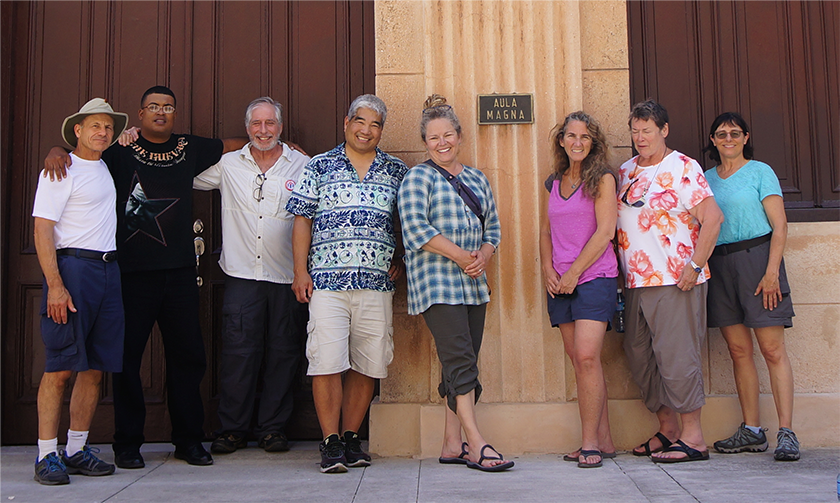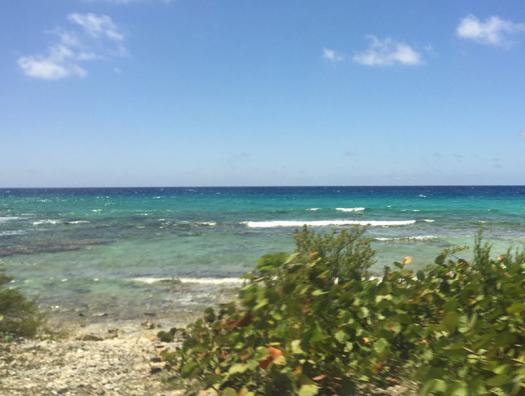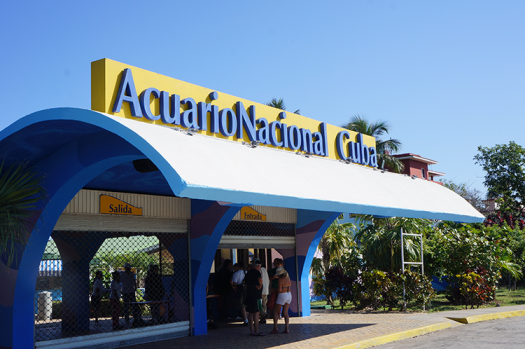Cuba’s pristine coral reefs inspire American science educators

When it comes to preserving the beauty of coral reefs, Cuba has many valuable lessons to teach. Laws against overfishing and pollution, as well as strict environmental regulations, keep its coral reefs pristine. In a search to learn from the Cuban people, Mark Friedman, a marine science educator with the San Pedro LA Maritime Institute, as well as a participant in the Society for Science & the Public’s Advocate Grant Program for the 2017-2018 school year and a 2017 Intel ISEF Education Outreach Exhibitor, led a delegation of marine science educators to Cuba.
Worldwide, coral reefs are in rapid decline as water temperature rises
Below, Mark shares his experience in the country, where he met with leaders of the Cuban National Aquarium to discuss their research and conservation efforts.

The idea for the tour began when Science magazine published several articles on the efforts by the Cuban people, extending over 50 years to preserve their coral reefs. Cuba’s coral reefs, its offshore archipelago (Jardin de la Reina) and Zapata Peninsula (largest mangrove in the region) are some of the most pristine in the Caribbean thanks to initiatives aimed at preventing overfishing, pollution, and strict environmental regulations. Protecting native (endemic) species has been a goal of the Cuban people since the revolution began and Fidel Castro led the July 26 movement in mountainous and city battles against the U.S.-supported dictator Batista.
Our objective was to learn how Cuba has remarkably preserved their coral reefs.
We met with leaders of the Cuban National Aquarium (Acuario Nacional). Nearly 1 million Cubans visit this aquarium yearly. The aquarium has decades-long research associated with their coral reefs, animal husbandry, ocean acidification, coral bleaching, and preservation of endangered species. They also face the Caribbean-wide problem of invasive lionfish. With government support, they have developed sustainable aquaculture of shrimp and lobster.
Worldwide, coral reefs are in rapid decline as water temperature rises; ecosystems change, diseases spread because organisms have less resiliency. Our objective was to learn how Cuba has remarkably preserved their coral reefs.
Be a champion of science like Mark. Become a member of the Society today.

Coral reefs are critical for many fisheries consumed by humans and provide safe breeding grounds. Organisms that can move, migrate, others like corals expel their symbiotic zooxanthellae algae (coral bleaching), which produce oxygen and food for the living coral. Unless conditions rapidly change and these algae are reintegrated, the corals die.
The water and the life within were so far beyond anything that I had expected.
One member of our group, George Matsumoto from Monterey Bay Aquarium Research Institute commented in a report after snorkeling in Caleta Buena, “The water and the life within were so far beyond anything that I had expected,” he said. “No evidence of bleaching, no evidence of marine algae taking over. Healthy corals, healthy sponges, diverse fish population, and on our way back into the lagoon — the largest school of fish that I have ever encountered! A remarkable and uplifting morning to see the healthy ecosystem.”
Marine Science university departments, organizations, and aquaria from the state of California are organizing a tour of leaders of the Cuban National Aquarium and the University of Havana Marine Science Studies Center to tour California in July 2018. Anyone interested in information or who would like to support this tour can contact marklewisfriedman@gmail.com.


